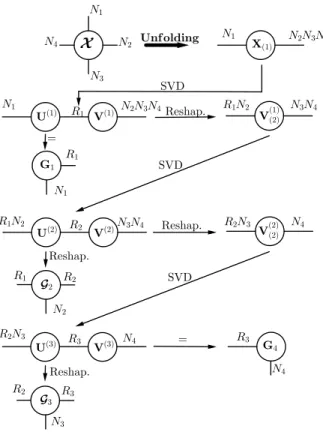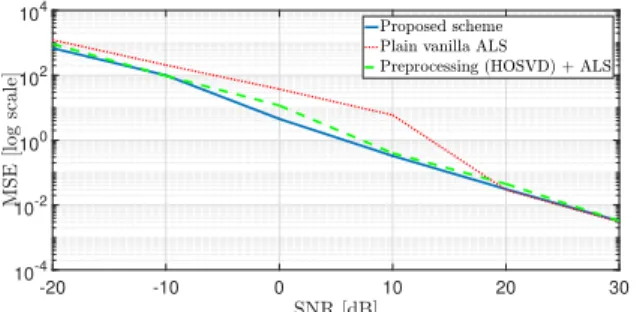High-order CPD estimator with dimensionality reduction using a tensor train model
Texte intégral
Figure




Documents relatifs
Concretely, the search for correspondences is cast as a hypergraph matching problem using higher-order constraints instead of the unary or pairwise ones used by previous
A similar Poincar´e inequality is established in a more general setting in Ambrosio [1], which develops a general theory of functions of bounded variation taking values in a
(refer to fig. Our model category proof is preceded by the following lemma which says, roughly, that a pullback of a weak équivalence along a fibration is a weak équivalence. This
Rather than using a probabilistic proof, we use an adaptive argument, and work at small relative scales to use the fact that there is a lot of space in R N ; the difficult part (for
An important property of finite semigroups is that they admit factorization forests of finite height.. This fact is called the Factorization
Nous avons utilisé la diffraction des rayons X pour la caractérisation structurale et la microscopie électronique à balayage (MEB) pour la caractérisation morphologique
A travers ce chapitre nous avons présenté la nouvelle unité de production qui est composée de trois ateliers de production, deux blocs administratifs et un hangar de stockage.
The roots f 1 , f 2 of the derivative polynomial are situated in the interior of the triangle abc and they have an interesting geometric property: f 1 and f 2 are the focal points